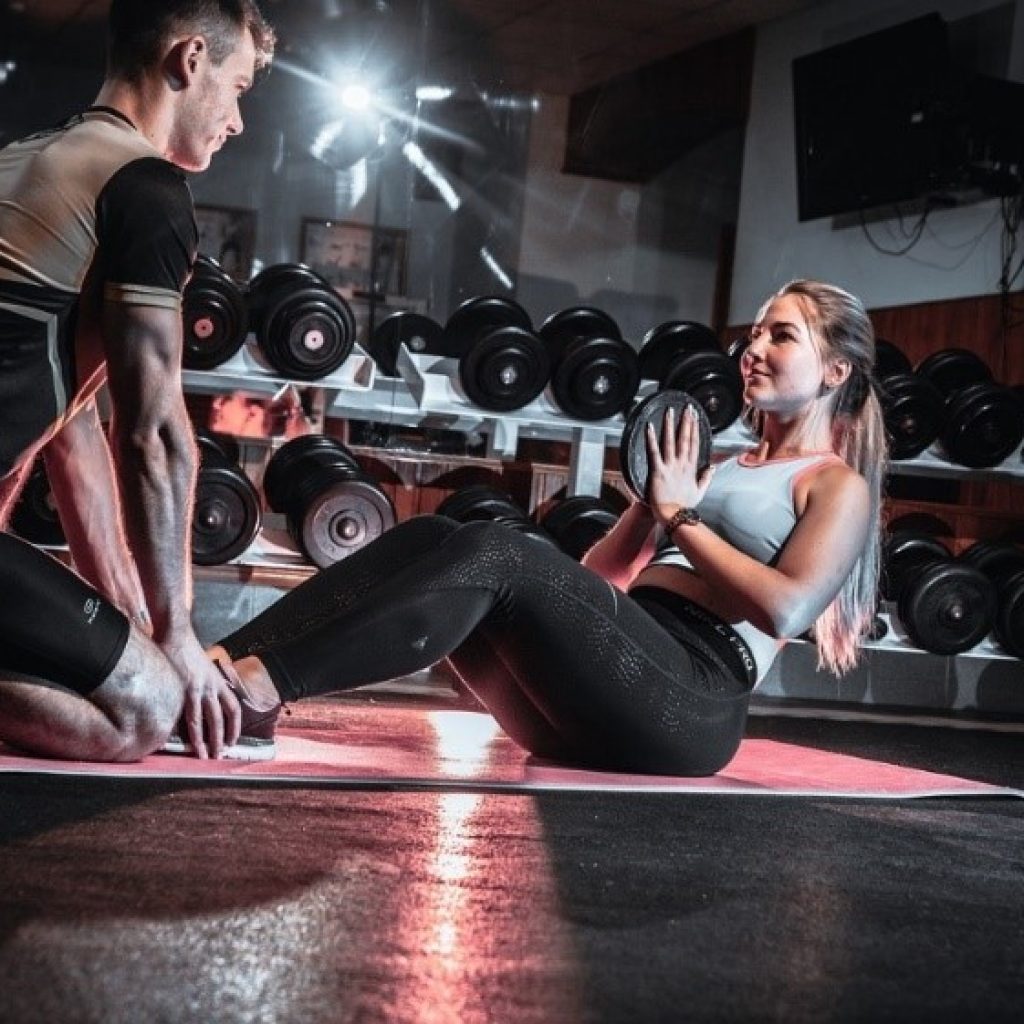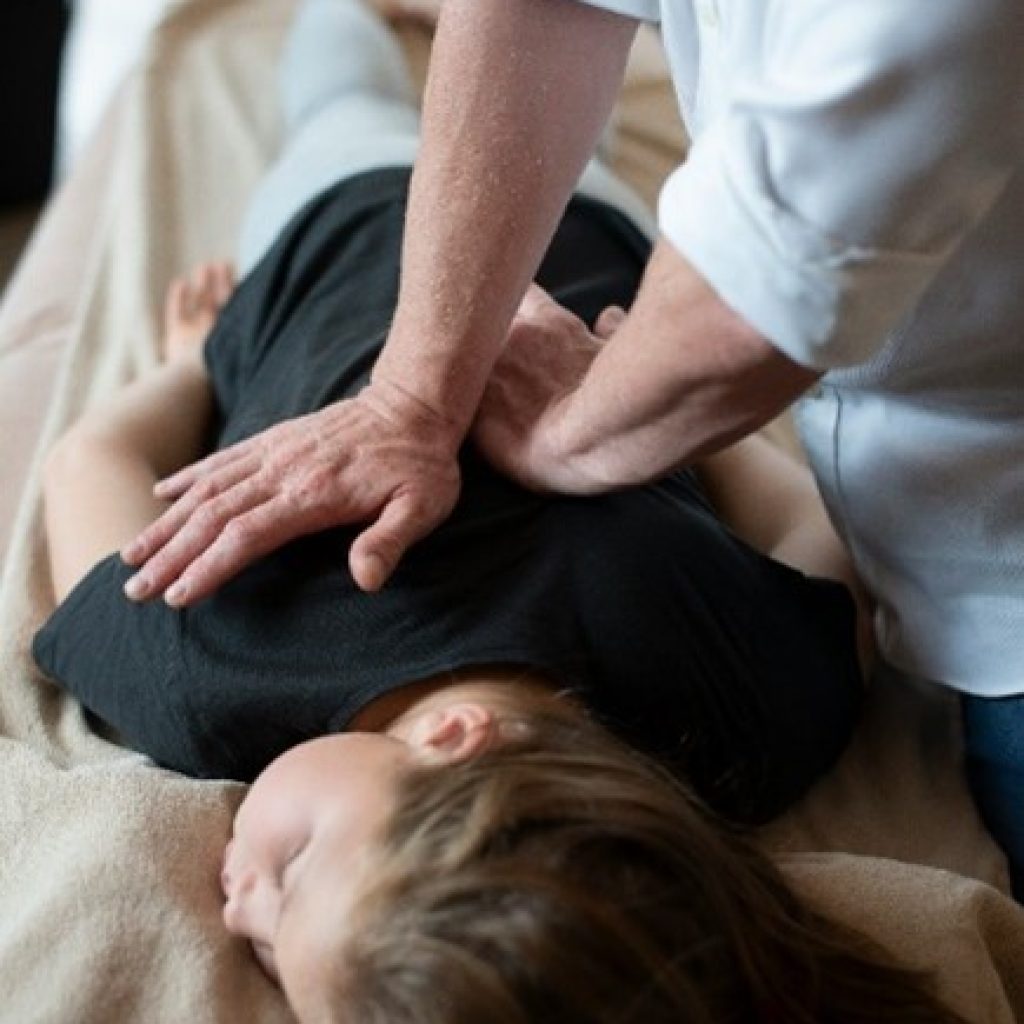Osteopathy and Sports Injuries – A Winning Combination
Understanding Osteopathy
In order to understand how Osteopathy helps with sports injuries, it is necessary to understand what osteopathy is and how it works. Osteopathy is a complete treatment system, ranges from prevention to rehabilitation of injuries to the musculoskeletal, digestive, respiratory, circulatory systems and so on. It uses gentle and non-invasive techniques that seek to bring balance to the patient’s body. When the body is balanced, it takes care of its own healing. The World Health Organization (WHO) itself recommends the use of osteopathy for sports injuries, as well as for the general population. It promotes healing without the excessive use of medication and promotes greater well-being and quality of life for athletes during their recovery.
Much like the world of sports, the field of osteopathy treatment is vast. Many of the problems faced by those who partake in physical activities whether professionally or leisurely, may experience injuries or pains such as:
- Herniated discs
- Scoliosis
- Sciatica
- Cervical problems
- Stiff neck
- Sprains
- Lower back pain
- Joint problems
- Muscle pain and tension in general

Osteopathy can help to treat those listed above along with other issues or may even be able to prevent some injuries from occuring all together with early detection!

Osteopathy also works on other health problems that affect athletes, that may not necessarily be linked to physical activities. This list includes:
- Symptoms of premenstrual tension
- Migraines
- Dizziness
- Vertigo
- Insomnia
- Problems in the Intestinal Tract
- Depression
- Constipation, etc.
Perhaps the main justification for the success of osteopathy among athletes is its restorative capacity. Through manual techniques, it is possible to treat injuries and muscle pain and prevent them from reappearing.
Osteopathy is an excellent choice for treatment because it is non invasive. It can help accelerate recovery naturally and address injuries with out the need for surgery or medication. Thus bringing a better quality of life and sports practice to athletes.
Osteopathy also seeks to improve the mechanics of the individual during physical activity, especially for those who participate in high-performance competitions. One way an osteopathic manual therapist may help an athlete with their performance is to assess their posture!
How Posture Impacts Sports Performance: The Essential Connection!
Poor posture hinders the work of the circulatory system as blood vessels are constantly under tension due to postural changes. As a result nutrients and oxygen present in the blood have difficulty reaching the muscles, which limits the performance of movements and requires longer recovery time from the effort exerted.
In addition, the effects of postural changes can affect people’s mood. Studies have shown that individuals who had deviations caused by poor posture were more negative, had lower self-esteem and higher levels of anxiety when compared to people who did not have postural changes.
The most common effect of postural changes and deviations occurs in the spine, thus damaging the muscles and joints. Lifting and other basic movements in several sports, can become impaired due to weak glutes, this happens when someone is sitting for a long period of time. When the hip extensors are not activated, they can become compressed and reduced in size, impairing the entire movement of the body.
Some ways to prevent injuries are by:
- Maintaining an exercise routine
- Stretching
- Getting enough sleep
- Increasing one’s water intake
- Maintaining a healthy diet
- Seeing an Osteopathic Manual Therapist regularly to help balance your body compensations and joint stress.
Osteopathy is a great way to ensure that everyone is at the top of their game!



